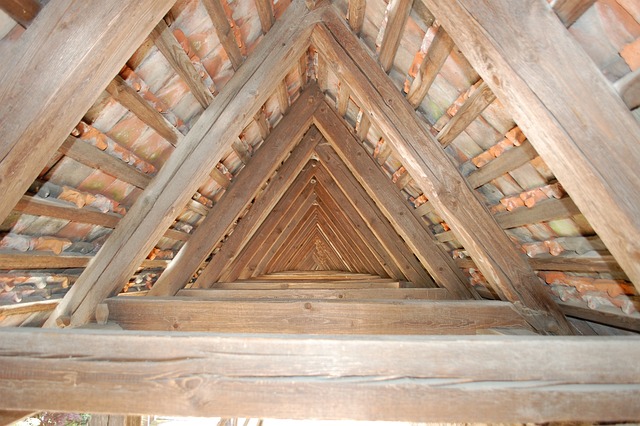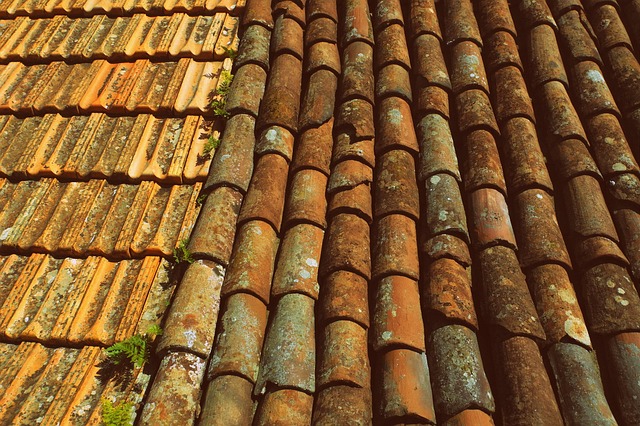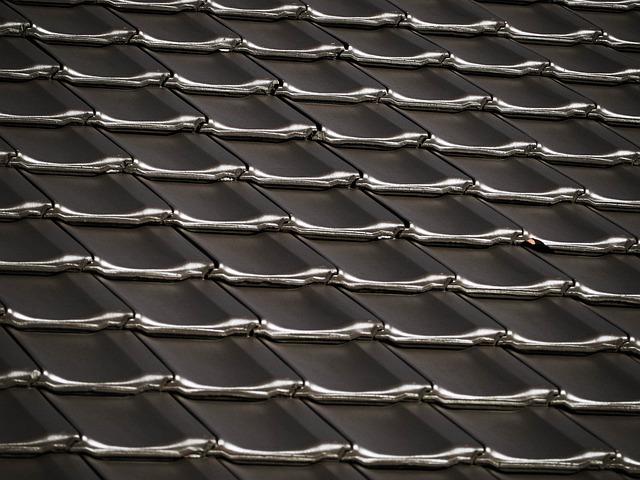Expert Guide: Choosing, Maintaining, and Repairing Synthetic Roofs
Synthetic roofing materials like PVC, TPO, and EPDM are popular for their durability, low maintenanc…….
Synthetic Roofing Solutions: A Comprehensive Analysis
Introduction
In the realm of construction and architecture, the search for durable, sustainable, and cost-effective roofing solutions has never been more pressing. Synthetic-roofing solutions have emerged as a significant innovation, offering a myriad of benefits over traditional materials. This article delves into the intricacies of synthetic-roofing solutions, exploring their impact on global construction trends, economic considerations, technological advancements, policy landscapes, and future prospects. Readers will gain a comprehensive understanding of how these modern alternatives are transforming the industry and what they mean for the built environment.
Understanding Synthetic-Roofing Solutions
Synthetic-roofing solutions encompass a wide range of materials engineered to mimic natural roofing materials such as slate, wood shakes, or clay tiles. These materials are often composed of polymers like polyethylene, polypropylene, or ethylene propylene diene monomer (EPDM). They are designed for longevity, weather resistance, and low maintenance, making them suitable for both residential and commercial applications. The historical context of synthetic roofing is rooted in the need for sustainable alternatives to scarce natural resources and the desire to enhance building performance.
Global Impact and Trends
The influence of synthetic-roofing solutions is felt across continents, with varying degrees of adoption dictated by regional climate conditions, availability of raw materials, and environmental regulations. North America and Europe have been early adopters, driven by a focus on sustainability and technological innovation. In contrast, emerging markets in Asia and Africa are rapidly increasing their synthetic roofing utilization as they develop their infrastructure with an eye on modernity and efficiency. Global trends indicate a growing preference for energy-efficient, durable, and lightweight roofing solutions, which synthetic materials provide.
Economic Considerations
From a market dynamics standpoint, the synthetic-roofing sector is experiencing significant growth due to its cost-effectiveness over time and the reduction in maintenance costs. Investment patterns reflect a shift towards sustainable building practices, with synthetic roofing solutions being a key component. These solutions contribute to the economic systems by creating jobs in manufacturing and installation, fostering innovation, and reducing long-term construction costs.
Technological Advancements
The field of synthetic-roofing solutions has seen remarkable advancements, particularly in materials science. Innovations include enhanced durability, improved fire resistance, and new designs that mimic the aesthetic appeal of traditional roofing materials. The future potential of these technologies lies in their integration with smart building systems, where they can contribute to energy efficiency and sustainable building practices.
Policy and Regulation
Policies and regulations play a crucial role in shaping the synthetic-roofing industry. Building codes, environmental standards, and fire safety regulations influence the materials used and the design of roofing solutions. Compliance with these frameworks is not only critical for market acceptance but also ensures the safety and longevity of the installed systems.
Challenges and Criticisms
Despite their advantages, synthetic-roofing solutions face challenges such as recyclability concerns, environmental impact during production, and cost barriers for widespread adoption. Criticisms often revolve around the lifecycle analysis of these materials and their carbon footprint. Strategies to overcome these issues include improving recycling processes, optimizing manufacturing for reduced energy consumption, and developing more sustainable materials.
Case Studies
Several case studies highlight the successful application of synthetic-roofing solutions worldwide. For instance, a residential project in Scandinavia utilized synthetic slate that provided superior durability and insulation properties compared to natural slate. In a different scenario, a commercial complex in the Middle East employed a reflective white roof made from synthetic materials, significantly reducing cooling costs during the harsh summer months.
Future Prospects
The outlook for synthetic-roofing solutions is promising, with potential growth areas emerging in sustainable construction and eco-friendly building practices. Emerging trends such as the integration of photovoltaic cells into roofing materials point towards a future where synthetic roofs contribute directly to energy generation. Strategic considerations for stakeholders include investing in research and development to improve material properties and exploring new markets where synthetic-roofing solutions can address specific regional challenges.
Conclusion
Synthetic-roofing solutions have established themselves as a versatile, durable, and sustainable option within the construction industry. Their impact is evident across various sectors, from economic growth to environmental sustainability. As technology advances and policy frameworks evolve, synthetic roofing solutions are poised to play an increasingly significant role in shaping the future of building practices globally.
FAQ Section
What are synthetic-roofing solutions?
Synthetic-roofing solutions are engineered materials designed to replace traditional roofing materials like slate, wood, and clay. They offer longevity, weather resistance, and low maintenance, tailored for modern construction needs.
Are synthetic-roofing solutions environmentally friendly?
While they offer benefits such as long lifespans and reduced maintenance, the environmental impact of synthetic roofing solutions depends on the material’s production process and its end-of-life management. Innovations in recycling and sustainable manufacturing practices are improving their environmental footprint.
How do synthetic-roofing solutions compare with traditional materials in terms of cost?
Synthetic roofing can be more cost-effective over time due to lower maintenance requirements and longer lifespans. However, initial costs may vary based on the material type and complexity of the installation.
Can synthetic-roofing solutions be used for green roofs?
Yes, some synthetic materials are designed to support the growth of vegetation and can be used in green roof applications, providing additional environmental benefits.
What are the main considerations when installing synthetic-roofing solutions?
The main considerations include ensuring compatibility with the building structure, adherence to local regulations, proper installation techniques, and choosing materials that meet the required performance standards for durability and weather resistance.

Synthetic roofing materials like PVC, TPO, and EPDM are popular for their durability, low maintenanc…….

Eco-friendly synthetic roofs have gained popularity for their environmental benefits and practical a…….

Cost-effective synthetic roofing offers a durable and budget-friendly alternative to traditional mat…….

Advanced synthetic roofing materials are transforming the way roofs are installed and maintained, of…….

Eco-friendly synthetic roofs have gained popularity for their environmental benefits and durability……..

High-performance synthetic roof coverings made from polyolefins or PVC have transformed the roofing…….

Synthetic roofing services provide a modern, durable alternative to traditional materials, offering…….

Synthetic roofing materials have revolutionized the industry, offering superior durability, low main…….

Synthetic roof installation offers durable, weather-resistant solutions for residential and commerci…….

Modern synthetic roofing is a sustainable, durable, and low-maintenance alternative to traditional m…….